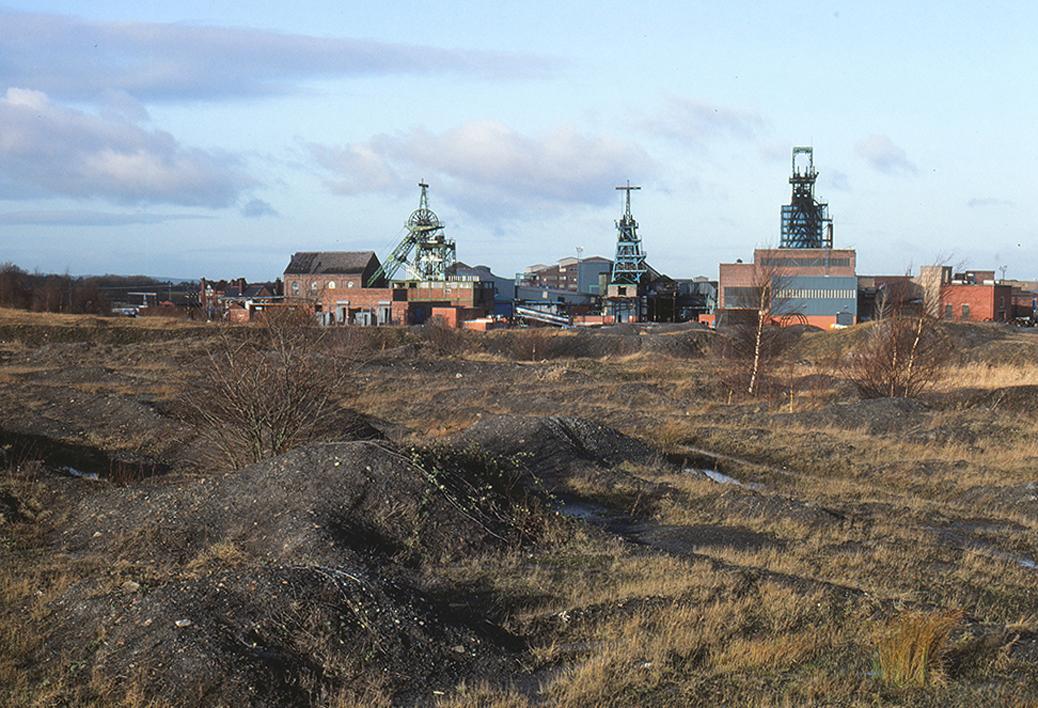
6 minute read
Revealed in the Landscape
Revealed in the Landscape RICHARD K. EVANS FRPS PLACES TO VISIT
Sarsen stones or grey wethers, so-called for their resemblance to sheep, were deposited by Ice Age glaciers and often placed by prehistoric men in formal religious arrangements. These sandstone erratics lie on the chalk downs near Marlborough in Wiltshire.
Carved from a natural rock face overlooking the river Danube at Mraconia, Romania, this memorial to the Dacian king Decebalos recalls his successful campaigns against the Roman armies of Emperor Trajan in the 1st century AD. The face measures 130ft from chin to forehead.
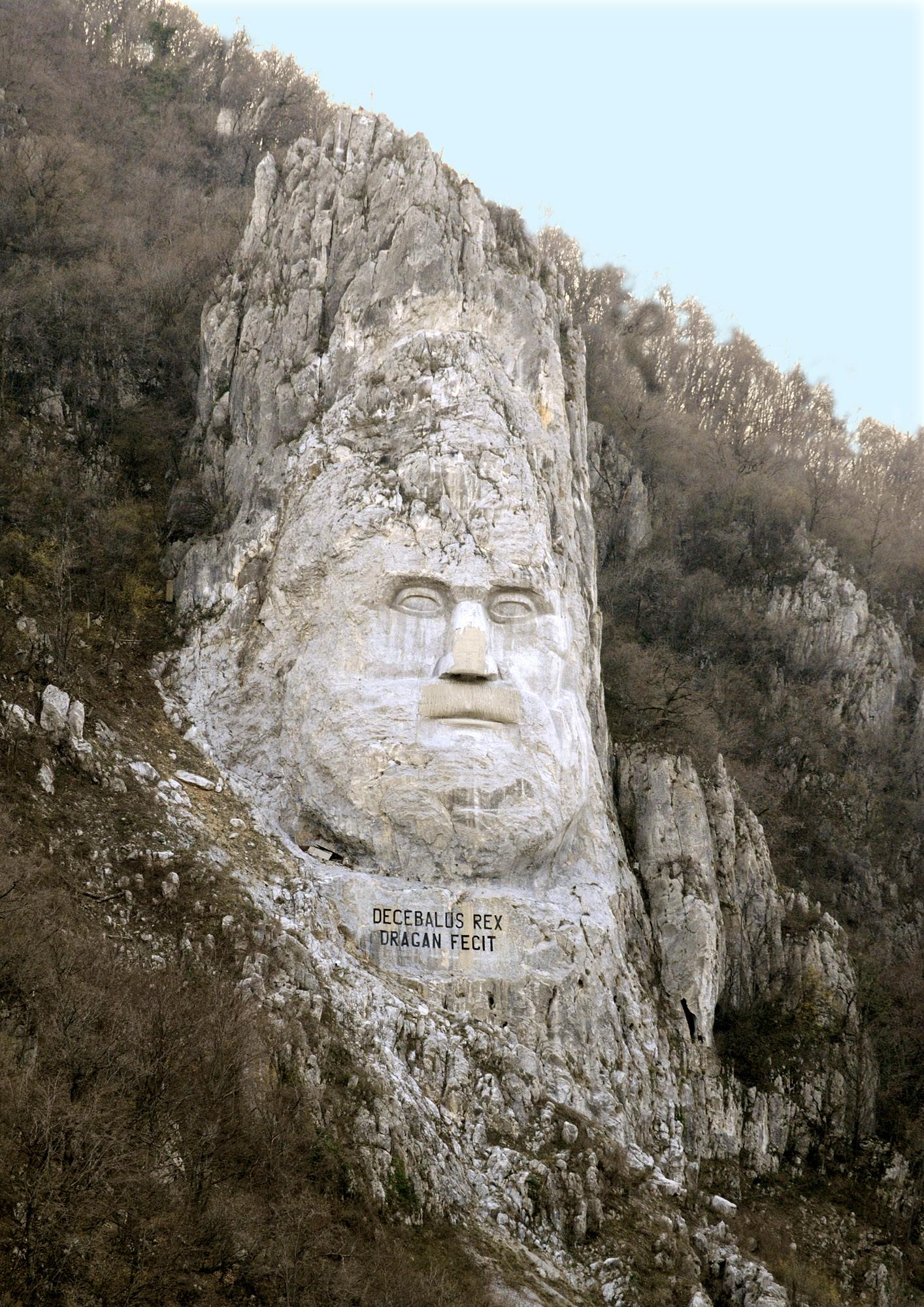
Industrial heritage can take its place in a landscape. The Fontinettes hydraulic boat lift, near St Omer in northern France, was built in 1887 to raise and lower 300-ton barges the 43ft between the Neufossé canal and the river Aa. It was replaced in 1967 by a single-basin lock, but remains in place as an evocative museum of the canal’s history.

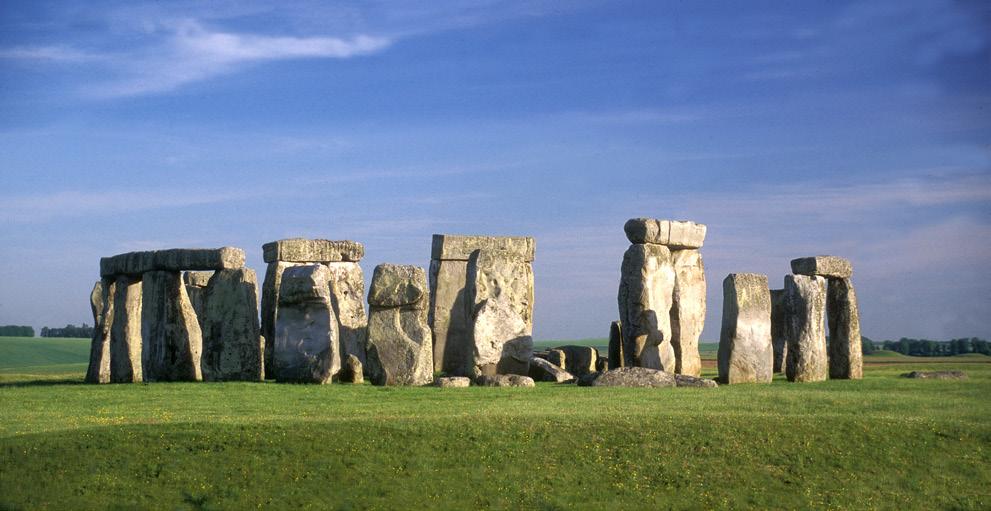
The Bronze Age stone circles of Stonehenge dominate the sweeping landscape of Salisbury Plain. Parts of the site date from 2100 BC; it was completed some 900 years later.
Members’ Showcase 2019
Topics ranged from the Coal Industry, Churches in Berkshire, the Misericords of Downside Abbey, and The Art of Seeing, through to Lost Albums; Destroyed Negatives; Dark Places, The Stories Behind Photographs and the Heritage Highlights of Norfolk. MIKE SASSE
This year’s event took place on 12th October at the Leatherhead Institute in Leatherhead, Surrey. The attendance was disappointing considering the recent trend of increasing numbers, but there was a variety of presentations fully exploring the range of members’ photographic interests in archaeology and heritage. Hiring a larger room gave space for display of prints between presentations, and for circulation during the mid-morning refreshment break, which was also new this year.
Refreshments were available on arrival and, following a welcome from the Chairman and the organiser, the event opened with one of the regular presenters, Mike Sasse. In ‘Reminders of the Coal Industry in England’, Mike drew on projected digital images from around the country to depict what could be seen in the recent past and what remains of one of the country’s largest industries, which shrank rapidly and essentially disappeared in the late 20 th and early 21 st centuries. The images were of mines in the later years of operation and following closure, mining landscapes, and sites where buildings and equipment have been preserved. Mining settlements and dwellings were
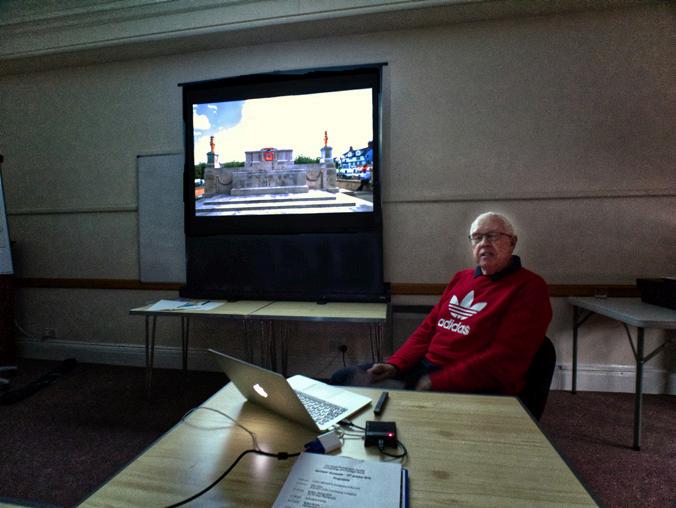
also covered, as was the once ubiquitous coal train hauled by coal-powered steam engines, still an occasional site on preserved railways.
Rodney Thring LRPS follows the practice of many earlier members of the group in depicting built heritage through traditional black & white prints, although digital and colour prints also featured in his presentation of ‘My Heritage Photography’. The subject matter included a number of country churches in Berkshire and the surrounding area, showing details or a wider view of the church interior, and the colour prints included a series on stained glass windows by John Piper. Images of other heritage sites were shown, including ancient monuments. The prints were accompanied by information and interesting stories about each site, as well as the camera techniques employed.
A refreshment break allowed for further discussion, with some of Rodney’s prints on display. The morning session resumed with Walter Brooks, whose presentation ‘Photography at Downside Abbey’ concerned his recent commission to photograph the choir stalls at this 19 th and 20 th C working monastery for a large format colour book.
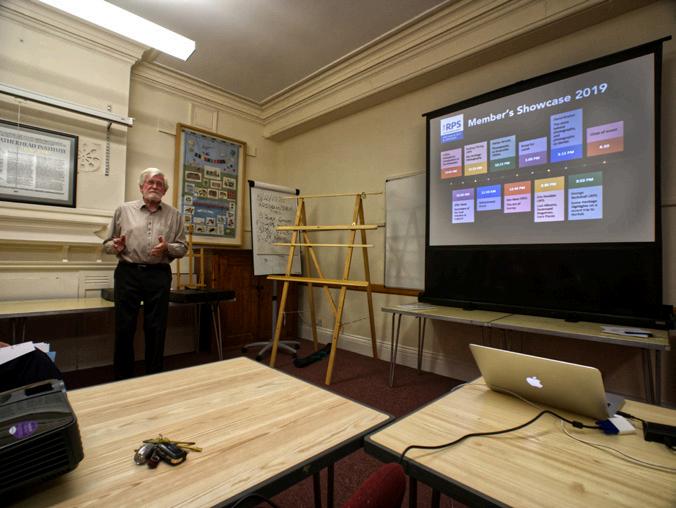
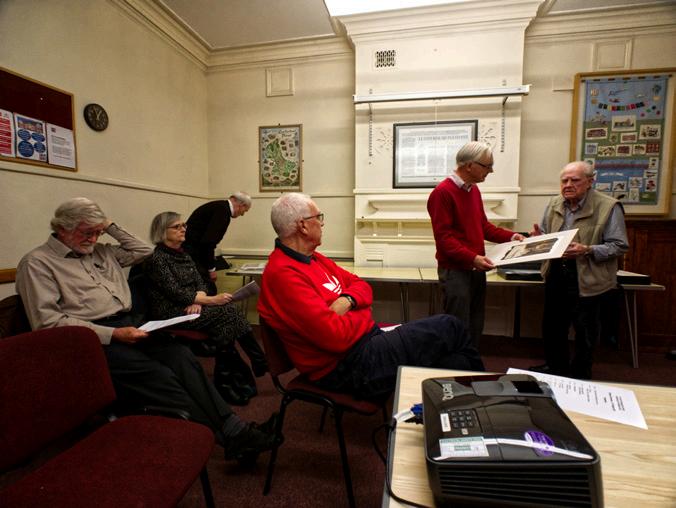
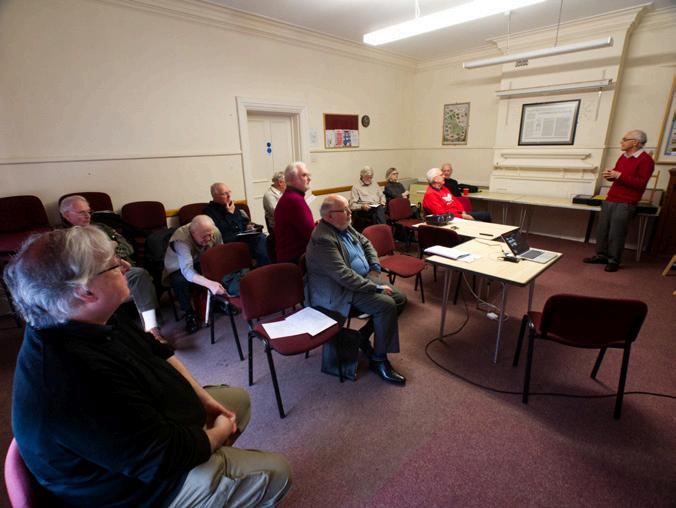
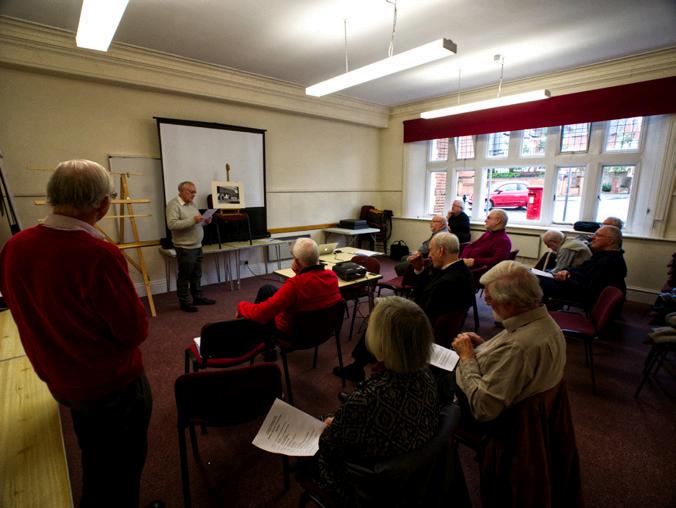
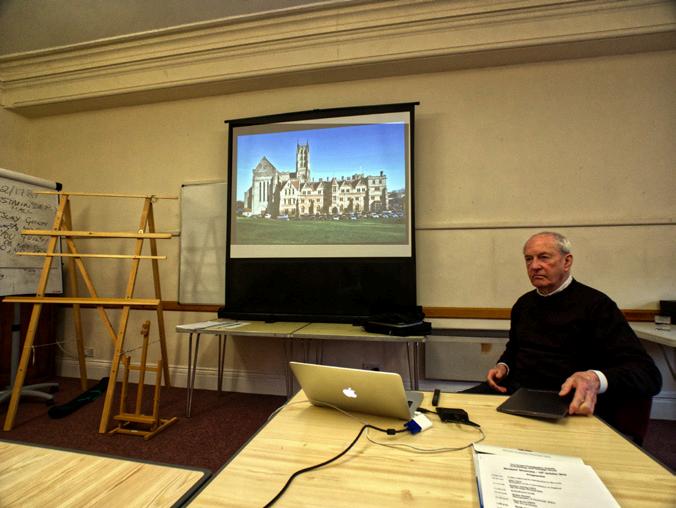
Projected digital images showed the Abbey and examples of the choir stalls, and Walter described the process from project plans to finished images. He described various challenges such as access to the tightly-packed misericords, and the technical aspects of post-processing and consistent colour balance throughout a body of work. In addition the small-scale photobook of the project was available to view (the book follows later), and there was discussion after the presentation on various technical aspects of the photography. Ken Keen FRPS rounded off the morning with ‘The Art of Seeing’. A longstanding supporter of the group, Ken showed some of his prints of church interiors, taken with a large format camera and produced using historical processes (many of them being salt prints). His work in general aims to capture the atmosphere and religious feeling of churches rather than to provide a record of the building. The pictures shown were taken as illustrations for a book, and they depicted various religious themes concerning the life of Christ. In many cases two different versions of the same image were shown, derived from variations in the printing process, so the mood evoked by different treatments could be compared. Some of Ken’s prints were left on display during the lunch break, which many took at the nearby ‘Edmund Tylney’ in the High Street, affording a further opportunity for members to get to know each other. Proceedings recommenced with a presentation by another of our regular contributors, Eric Houlder LRPS. This year’s offering, titled ‘Lost Albums; Destroyed Negatives; Dark Places’, illustrated three episodes from his long involvement in archaeology and local history. The first strand concerned recently rediscovered photographs of an abandoned clay pipe factory taken in the Pontefract of his youth, Eric’s first real involvement in an archaeology project. The second part involved the discovery and printing of lost glass negatives depicting the harvesting of the last liquorice crop in the area, and the third described the discovery of a secret tunnel leading from the crypt of Horbury church during a recent photographic project there. The role of photography in recording events and stories was continued by the next presenter, David Bryson. In ‘The story behind photographs, and photographs as stories’, David showed how an old photograph can lead to an interesting story through further research, using the example of the launch of the ‘Larchwold’ as featured on the cover of a recent edition of ‘Heritage Photography’, Research revealed the story of shipbuilding in Beverley and events in the history of what seemed an unlucky ship.
Actress Frances Day sending the narrow boat on its journey.
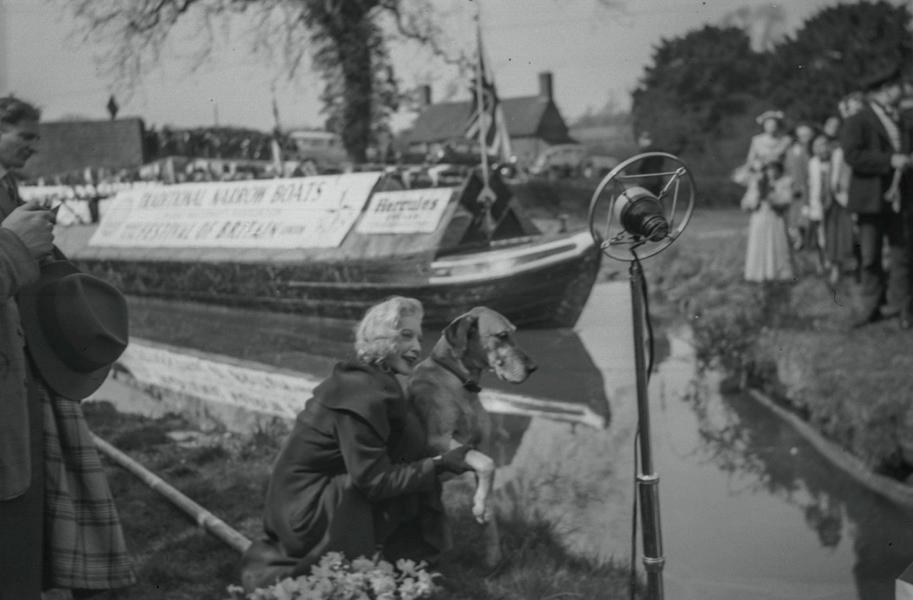
Research into some family pictures led to the story of a canal boat journey in connection with the Festival of Britain in 1951 – here a series of pictures told a hidden story. And in a third case the photographs were themselves the story – a series of postcards of skeletons indicated how this subject matter has been used over time for serious, educational and humorous purposes. To conclude, George Backshall LRPS provided projected digital images on the theme of ‘Some Heritage Highlights on a recent trip to Norfolk’. This was a photographic exploration of various aspects of the county’s heritage. Starting with the old houses and churches of the city of Norwich, George took us on to a narrow gauge railway and a military collection open to the public. The photographic journey continued with the town of King’s Lynn, once an important port, possessing historic buildings round its waterfront, and finished at Sandringham with its royal connections in both house and church. All this showed the rich variety of heritage to be enjoyed and photographed in just one county.
Narrow guage railway in Norfolk. George Backshall LRPS.
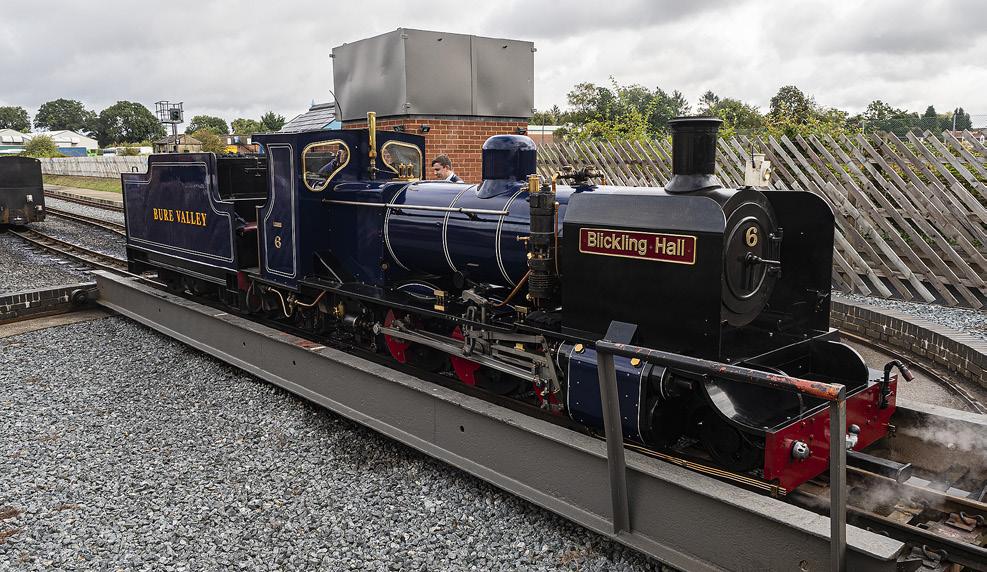
Overall, the event demonstrated the diversity of members’ photographic interests and approaches to archaeology and heritage, but also the common interests and themes that bind the group together. Hopefully, more of you will be encouraged to present or just join us in 2020 to continue the success of this longstanding event.

